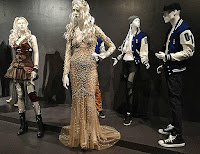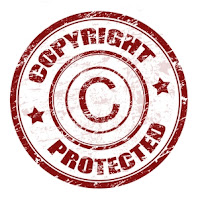Filmmakers use costume to construct specific representations of individuals types and groups.
Some costumes are made specifically for a production. However, sometimes costumes are hired.
On low budget productions like the one I am engaged within, actors will often be encouraged to select from their own wardrobe.

Costume houses exist to provide costumes to the film and threate industries.
Costume Houses in my area:
- National Threatre Costume Hire
- Costume Studio
- Cosprop
Here is a company in which I have researched which produces costumes for the TV & Film industry I believe this company will be suitable for the production of my film because they have featured many popular TV shows and Hollywood movies.
Insider: "As Halloween draws close, one North London family is busier than ever."
Tim Angel is the chairmain of a costumer production company which was founded by his great-great-great grandfather Daniel in 1840.
- This company had created outfits for many film franchises such as Star Wars, Game of Thrones and Bridget Jones etc.
Within February 2016 the firm won a BAFTA for Outstanding British Contribution to Cinema. Also overall the company has won 36 Oscars for their amazing costume designs.
The company recently began to work with Netflix, this organisation is currently producing desings for the show "Darkest Hour", a original netflix series charting the life of Sir Winston Churchill.
Angel states that "It's a very sexy business" when Insider asked what their overall view was on the company.
Bibliography:
Wars', Inside. "Inside The Giant Costume Warehouse That Dresses Actors For 'Game Of Thrones' And 'Star Wars'". INSIDER. N.p., 2016. Web. 9 Nov. 2016.
http://www.thisisinsider.com/meet-the-family-that-makes-costumes-for-oscar-winning-films-2016-10






























